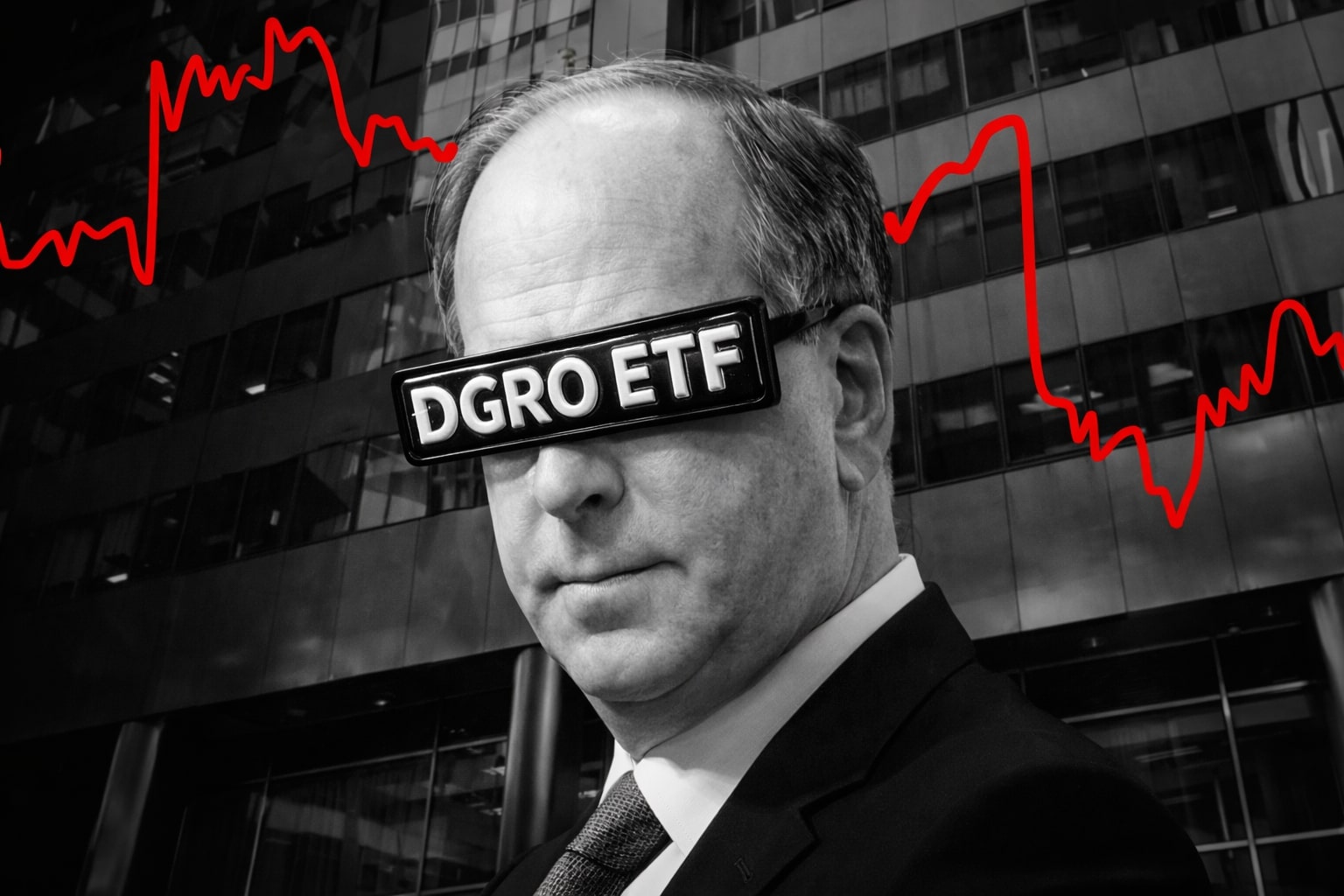
Bitcoin Price Eyes $140K: Still 20% Undervalued as Institutions Keep Buying
BTC hovers near $109,700 while ETF inflows top $900M. Strong historical cycle alignment, rate cut hopes, and institutional demand drive bullish sentiment into Q3 2025 | That's TradingNEWS
BTC-USD Holds Firm Near $109K as Volatility Collapses and Accumulation Builds
Spot Buying and CVD Momentum Point to Renewed Strength in BTC-USD
Bitcoin (BTC-USD) has stabilized near the $109,000 level following a series of tight-range consolidations and failed breakouts. After spiking to a new all-time high of $111,924 in May, the world’s largest cryptocurrency slipped back under key resistance at $110,000. But fresh data suggests the bulls are far from done.
CryptoQuant’s spot taker CVD (Cumulative Volume Delta) remains in the green, pointing to steady accumulation. On-chain readings reveal that buying pressure is again outweighing sell orders on spot markets. This strength has coincided with a bounce from the $105,000–$106,000 range, with current price trading at $108,716. If this buyer momentum continues, a retest of the $114,000 resistance could follow soon.
ETF Flows Signal Institutional Conviction Despite Tight Range
Despite Bitcoin’s narrow trading range between $101,000–$109,000, ETF data reveals surging demand from institutions. Over the past five sessions, BTC ETFs brought in over $900 million in net inflows, with only one day of net outflows (July 1, totaling $342.25 million).
The paradox of large inflows paired with range-bound price action suggests long-term holders are distributing into strength, while ETFs accumulate. This dynamic points to a likely supply squeeze once these outflows slow. Analyst desks remain cautiously optimistic, flagging institutional demand as a major support for Bitcoin’s bullish trajectory.
Technical Structure Remains Bullish Despite Macro Hesitation
Technically, BTC-USD continues to hold key support near $105,250. The Awesome Oscillator (AO) has flipped positive, signaling bullish momentum. Meanwhile, the Money Flow Index (MFI) has climbed above neutral levels, confirming persistent capital inflows.
Resistance looms near $112,000, while support holds at $106,800. A breakout above the recent local high at $111,924 would open the way toward $120,000 and beyond. But if price falters below $105,600, downside risk toward $98,000 reopens. For now, the technical bias leans bullish but cautious.
2025 Halving Cycle: The Final Stage of the Bull Run Is Underway
Bitcoin's historical halving cycles have consistently delivered price peaks between 365–550 days post-halving. With the most recent halving occurring in April 2024, July 2025 places us around 400 days post-halving, placing BTC within the final stages of its typical bull cycle.
Based on previous patterns:
-
2013 peaked ~365 days post-halving
-
2017 peaked ~520 days post-halving
-
2021 peaked ~550 days post-halving
This implies a window for the next major peak between September and November 2025, with price targets ranging from $120,000 to $140,000, depending on market catalysts.
Macro Tailwinds and Federal Reserve Signals Fuel Risk Appetite
Optimism in U.S. equities—driven by cooling inflation and policy clarity—has provided support for BTC. The PCE index rose just 2.3% YoY in May, matching expectations, while the Core PCE edged slightly above at 2.7%, boosting expectations for a September rate cut. At the same time, U.S. PMI and JOLTS job openings data suggest that economic activity is cooling without crashing.
A ceasefire agreement between Israel and Hamas, along with softening geopolitical risk, has further buoyed risk sentiment. Yet, Bitcoin volatility has collapsed to a two-year low, indicating that markets are waiting for a directional catalyst.
Geopolitical Risks and Tariff Tensions Weigh on Breakout Attempts
President Trump’s upcoming July 9 trade deadline and tariff letters to global partners have introduced uncertainty. European equities have turned red, and Bitcoin mirrored the risk-off tone, briefly dipping to $108,874 on Friday. Still, the coin remains remarkably resilient compared to altcoins.
While the Nasdaq surged on jobs data and the tax bill passage, Bitcoin’s correlation to risk assets remains intact—but muted. Crypto's underperformance relative to equities suggests caution among retail, even as institutional whales like MicroStrategy and Metaplanet continue to add to their holdings.
Long-Term Accumulation vs. Smart Money Exit: A Critical Tension
The recent stalling of upside momentum despite strong ETF inflows hints at potential selling pressure from early holders. Analysts speculate that some long-term holders are unloading into the strength provided by institutional buying, suppressing price.
However, Metaplanet remains the largest corporate BTC holder, and multiple U.S. firms have recently announced $800 million in new BTC allocations. The dual forces of institutional accumulation and strategic distribution will determine Bitcoin’s near-term path.
Outlook: BTC-USD Undervalued vs. Forecast Models — Up to 35% Discount
As of July 3, BTC-USD trades around $109,700, while the CoinCodex annual model targets an average of $127,169, suggesting Bitcoin remains ~13.7% undervalued. Their upper range projects $179,681 by year-end—a 63.7% premium over current levels. Even the base forecast of $120,000 implies a 9.4% upside.
For a more aggressive estimate, some institutional desks forecast highs between $130,000–$140,000 if macro conditions remain favorable.
Verdict: BTC-USD Rating — BUY
Backed by ETF inflows, bullish technicals, post-halving cycle dynamics, and clear macro tailwinds, Bitcoin appears undervalued by 13–35% depending on the valuation model. While geopolitical risks and smart money profit-taking limit near-term breakouts, the structure remains intact.
With historical precedent suggesting a September–November peak, and current price consolidation seen as healthy, we issue a BUY rating on BTC-USD, with a year-end target range of $120,000 to $140,000.
Investors should monitor macro catalysts (Fed, tariffs), ETF flows, and volume dynamics as Bitcoin nears the critical final phase of its 2025 halving-driven cycle.
That's TradingNEWS
Read More
-
DGRO ETF Price: Is DGRO at $69.17 Still the Better Dividend-Growth Bet?
17.12.2025 · TradingNEWS ArchiveStocks
-
XRP Price Stuck Below $2 As XRPI at $10.74 and XRPR at $15.26 Ride $1B+ ETF Inflows
17.12.2025 · TradingNEWS ArchiveCrypto
-
Natural Gas Price Forecast - NG=F Steady Near $4 as TTF Jumps on Colder Forecasts and LNG Outage Risk
17.12.2025 · TradingNEWS ArchiveCommodities
-
USD/JPY Price Forecast: USDJPY=X 155.50 Pivot Before BoJ Hike and US CPI
17.12.2025 · TradingNEWS ArchiveForex

















